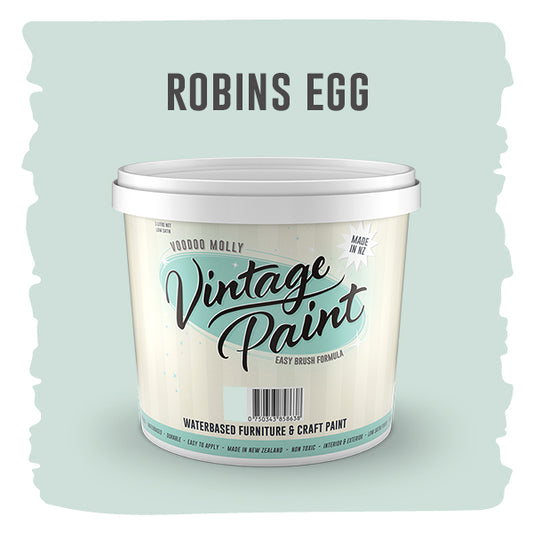
Returns
30 day change of mind returns
Shipping
New Zealand & Australia
Secure Payment
Shop with confidence
Showroom
Open Monday to Friday 9am to 4pm
Click & Collect
Pickup from Papakura, Auckland
Kiwi Owned
Family run NZ business

We're not just a website.
We're open Monday to Friday 9am to 4pm (excluding publich holidays!)
We're not just a website.
We're open Monday to Friday 9am to 4pm (excluding publich holidays!)

-
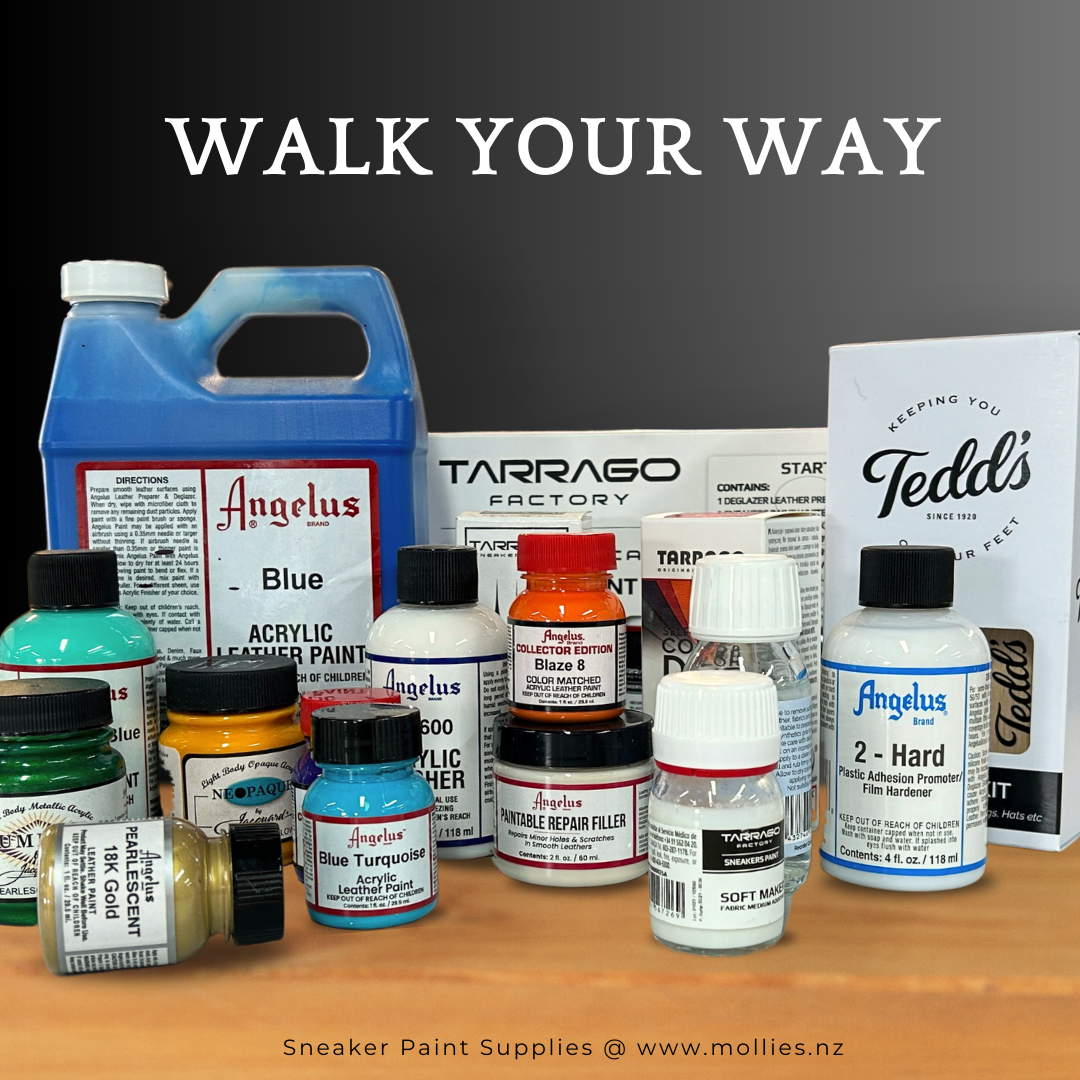
Sneaker Painting Supplies
Buy nowWe stock all the leading brands for top-quality sneaker painting. From cleaning, repair, dyeing and painting.
-
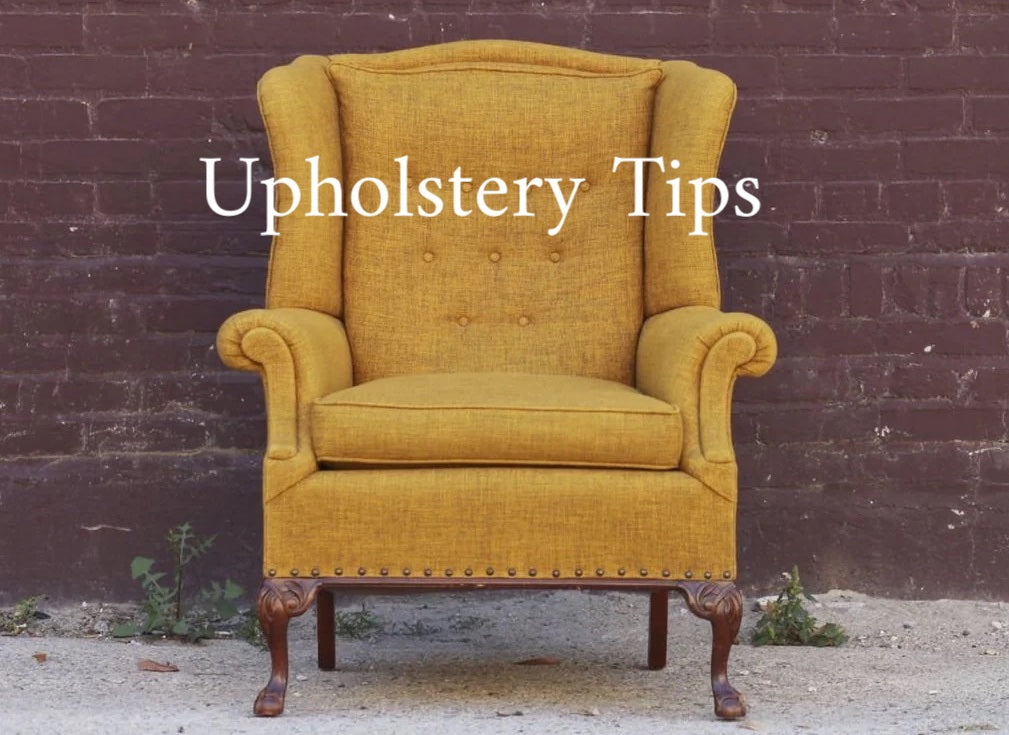
Monthly Series: Upholstery Tips
Read Upholstery TipsLearn trade secrets for transforming your old furniture into stunning pieces with our monthly upholstery tips & tricks series.
Sign up! Get notified about promotions and new products
The paint for serious upcyclers
Discover the incredible benefits of Voodoo Molly Vintage Paint, revolutionizing how you refresh your furniture. Say goodbye to complex steps. With Voodoo Molly, there's no need to strip, undercoat, or wax. Enjoy an easy application that saves you time and effort.
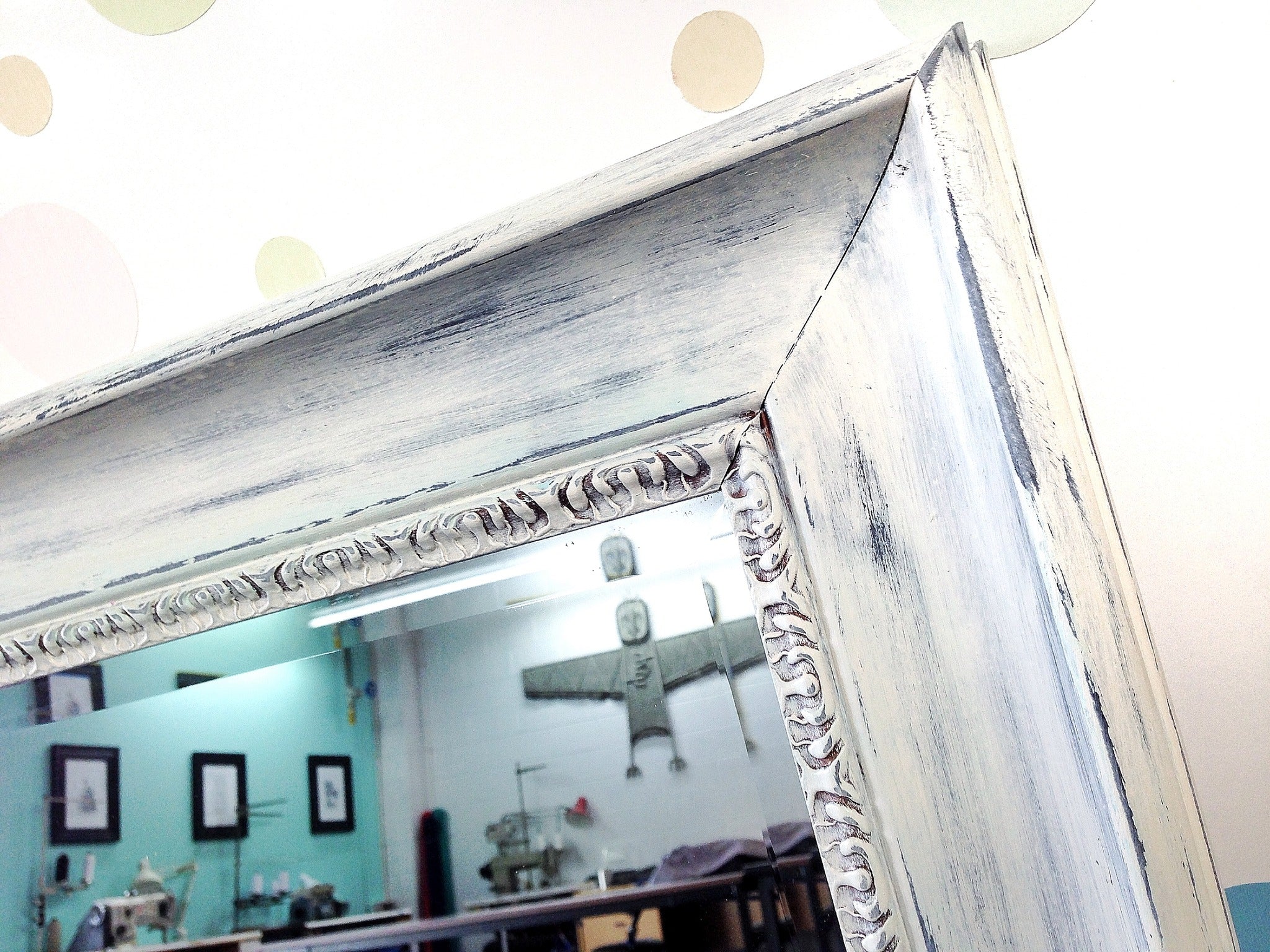
Vintage Paint Robins Egg
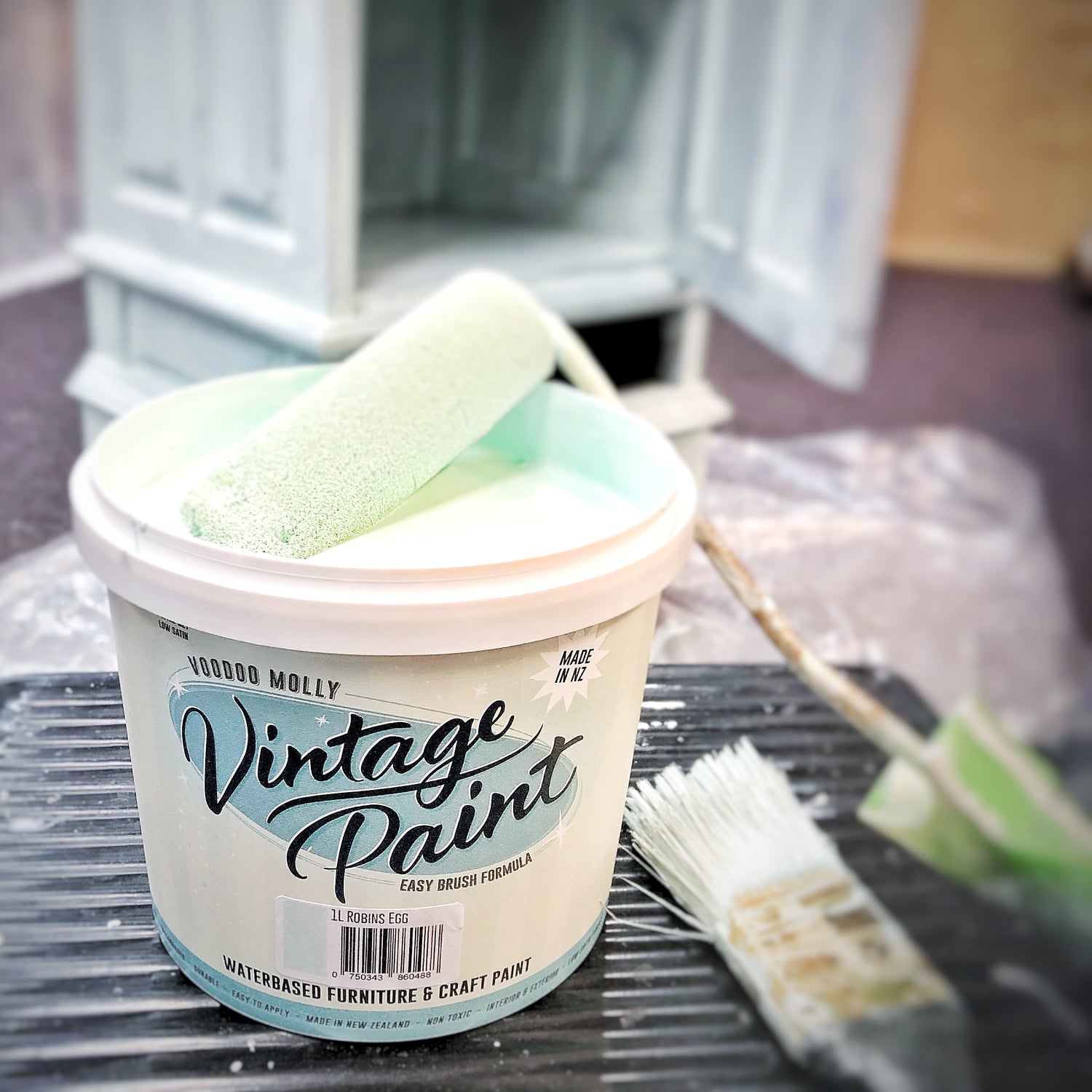
Vintage Paint
Discover Vintage Paint, the ultimate paint that combines the durability of regular...
How to's
View all-

A Brief History of Macrame
Delve into the fascinating history of macrame, from its ancient origins to its modern resurgence. Learn about its evolution, techniques, and cultural significance in this beginner's guide
A Brief History of Macrame
Delve into the fascinating history of macrame, from its ancient origins to its modern resurgence. Learn about its evolution, techniques, and cultural significance in this beginner's guide
-

A Beginners Guide to Upholstery Patterns and St...
Upholstering furniture with patterned or striped fabric adds a unique touch to your DIY project. However, it's not as simple as just slapping it on. Understanding how patterns flow across...
A Beginners Guide to Upholstery Patterns and St...
Upholstering furniture with patterned or striped fabric adds a unique touch to your DIY project. However, it's not as simple as just slapping it on. Understanding how patterns flow across...
-

What are twist pins and how do you use them?
For DIYers looking for a simple way to keep car headlining, chair covers or armrest protectors in place, twist pins are the unsung heroes. Their uncomplicated design and resistance to rust...
What are twist pins and how do you use them?
For DIYers looking for a simple way to keep car headlining, chair covers or armrest protectors in place, twist pins are the unsung heroes. Their uncomplicated design and resistance to rust...
-
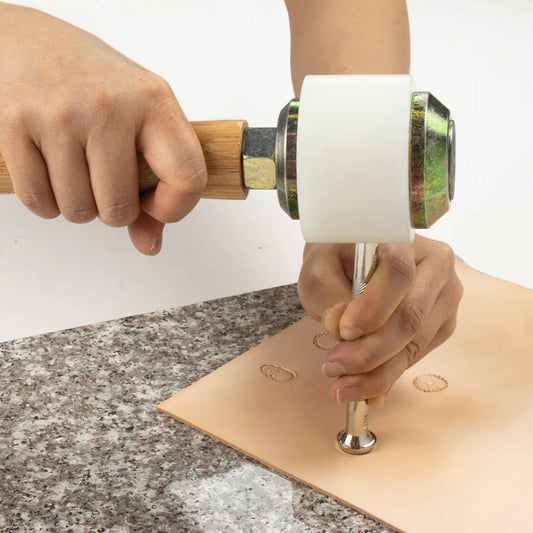
Using Mallets and Mauls for Leathercraft.
Mauls and mallets are must-have tools for anyone starting out in leathercrafting. Knowing how to use each one correctly will help you succeed. Remember to stay safe, practice the right...
Using Mallets and Mauls for Leathercraft.
Mauls and mallets are must-have tools for anyone starting out in leathercrafting. Knowing how to use each one correctly will help you succeed. Remember to stay safe, practice the right...
Testimonials
-
Hands down you have the best selection of leather working tools in New Zealand. You always have everything I need and I get them very fast. Cheers team!
Warren H
-
Thank you for matching up my sample with the right colour gimp. You provide such a wonderful service and make it so easy by giving me the links to the different options. I’m really impressed!
Frances L
-
I paint custom sneakers and wallets, thanx for having all colours of the Angelus leather paint (and other brands too), plus the prep stuff which I havent managed to find in NZ until now.
Jayden N



